A Plague Tale: Requiem Review - At last, the rats have their revenge!
How far would you go to protect the person you love more than anything in the world?
It’s a question I’ve pondered on more than one occasion. I don’t consider myself a hotheaded person, and certainly not a violent one. But I have, to my own detriment and shame, been unable to contain my anger, which has caused me to do or say things I wouldn’t under normal circumstances. Anger, as Master Splinter once wisely said, clouds the mind. Hatred consumes. And, in Asobo Studio’s A Plague Tale: Requiem, sibling duo Amicia and Hugo De Rune learn that anger and hatred often lead to horrific and violent consequences.
But I’m getting ahead of myself. Requiem takes place where Innocence, the first Plague Tale game, leaves off, in 14th century France, as the Black Plague sweeps across the country. Both games follow the trials and tribulations of 15 year old Amicia, and her 5 year old brother, Hugo, who struggles with a malignant disease in his bloodstream called the Macula, which has a mystical connection to the rats that are plaguing medieval Europe.
Over the course of Innocence, Hugo discovers his ability to control the rats, which results in a final confrontation with the insane Grand Inquisitor of France, Vitalis Benevent, who sought to usurp Hugo’s curse and use it for his own misguided goals. Amicia, for her part, takes it upon herself to become Hugo’s protector, and though the two didn’t get along at first, Innocence sees them draw closer to each other as they learn more about Hugo’s power, while also picking up allies and saving their mother along the way.
Somewhat ironically, the first A Plague Tale concerns itself with the loss of innocence, and how Amicia and Hugo navigate their grim, violent world. Death surrounds them, and their young eyes behold sights that no one ever should. The bond that forms between them is steeped in the trauma and pain they share, and by the time Requiem begins, it is unbreakable.
In essence, both Plague Tales serve as a medieval reflection of the two Last of Us games, with similar themes and a dark, grim tone evident in both series. While Innocence focused on the strengthening bond of the two lead characters, much like Joel and Ellie in TLOU part one, Requiem focuses on the unintended consequences of the path Amicia and Hugo chose. Make no mistake, Innocence was a story fraught with peril and death, but the siblings’ love for each other provided a respite from that dark tone. Requiem, however, makes that game look like a walk in the park.
Before I go on about the narrative, let’s boil Requiem down to its components. Gameplay is primarily focused on environmental puzzle-solving and stealth combat, with the latter receiving a greater emphasis here. Amicia can do almost everything she did in the first game, and she can now craft tar to create a fire hazard which will destroy rats and human enemies alike. In addition, she can utilize a crossbow, though ammo is extremely scarce, and she has a passive skill tree which enables her to gain more abilities based on your play style. Aggressive actions will make her a stronger physical combatant, while sneakier tactics will make her a quieter, more stealthy assailant. I really liked this upgrade system, as it was unobtrusive and uniquely suited to this game.
For his part, Hugo can utilize his control over plague rats to reveal where enemies are, and can take control of a mass of the creatures and literally consume guards where they stand, so long as there’s no light source around them. It’s an awesome power to wield, as the rats can easily carve a path straight through a heavily fortified area. Allies also use various mechanics to assist the siblings, either through combat or as distractions to keep guards off their scent. It’s a solid stealth system, though outright action set pieces can be frustrating and repetitive at times.
While gameplay is solid, Requiem’s graphics and sound design are top notch. Visually, the game is a marvel, in the same way that Innocence was. For a small team, Asobo Studio does a masterful job of creating a stunning world. Environments are rendered with such attention to detail that you almost can touch them. From rocky cliffs to dilapidated castle ruins and sandy beaches, every area in the game stands out. Daylight sequences feature gorgeous colors that pop off the screen, and the warm sunlight creates astonishing light shafts that reflect off puddles and shine on reflective surfaces. Darker sequences feature some of the most realistic shadows and downright beautiful lighting I’ve ever seen. I played on an RTX 2070-equipped PC, and while I did turn down the resolution to 1080p in order to maintain a smooth frame rate, I was constantly amazed by the graphical fidelity and especially the incredible lighting on display. Oh, and the amount of rats on screen at once is, quite frankly, unbelievable. Asobo deserves all the accolades they received for these games, and I can’t wait to see what they do with the next generation of game engine tools.
As for the sound design, music, and voice acting, I only have positive things to say. Effects are atmospheric and add to the intensity of the gameplay experience, from Amicia’s subtle breathing as she tiptoes by hostile guards to the crackling fire from nearby torches. In terms of the score, Olivier Deriviere’s compositions utilize strings and percussion to ratchet up the intensity of combat, while quieter moments feature Amicia and Hugo’s emotionally affecting theme. It’s a great soundtrack that sounds very unique, even among Deriviere’s already eclectic work on games like Remember Me and Streets of Rage 4.
Of course, the voice cast in this game is literal perfection. Charlotte McBurney and Logan Hannan are the heart of this tale, as they bring a new maturity and world-weariness to Amicia and Hugo, respectively. Kit Connor also shines as Lucas, the siblings’ stalwart alchemist friend, and Anna Demetriou is a wonderful addition to the cast as the seafaring Sophia. Even the antagonistic guards are voiced very well, with their incidental dialogue adding to the world and even imparting useful information to the player.
Alright, back to the main crux of this piece, the narrative. Astute players will surely anticipate where the story is going almost straight off the bat, but that doesn’t stop the tale from being compelling. Indeed, you’d be hard pressed to find a game that utilizes–and weaponizes–the feeling of intense dread more effectively than this one, other than the opening moments of The Last of Us 2, perhaps. While this can be oppressive, Asobo is clearly aware of the pall hanging over the characters’ heads, and injects some levity into the script and some dialogue-focused, non-combat areas to break up the tension. I appreciated the respite whenever this did happen, and it gave Amicia and Hugo the opportunity to connect with their allies, and each other.
So, I hear you asking, are there any downsides to this game? Well, yes. There are some graphical glitches, such as Amicia clipping through objects at inopportune moments, and some very questionable lip synching during most of the cutscenes, particularly in its early hours. I also encountered some optimization issues, such as heavy stuttering as the game loaded in assets and curiously long loading times in between levels at startup. I did run this game off my SSD, so it struck me as odd that this occurred as often as it did. And as much as I praised the script and dialogue, some of it could be a bit… earnest? A little overly dramatic and cheesy, perhaps? Well, it didn’t bother me that much (I like extra cheese on my pizza, after all), but it may not work for others. Oh, and the combat can be a slog to get through at times. The stealth may not always work as smoothly as you’d like it to, and Amicia may be capable, but she’s not Kratos or even Joel Miller. Try to stand face to face with enemies, and she’ll probably go down fairly easily, which can be frustrating.
All that said, A Plague Tale: Requiem is a damn good game. A compelling, super dark storyline meets solid gameplay and puzzle-solving and characters you want to follow on their journey. It’s certainly the most emotional narrative I’ve played through in 2022, and its finale is a gut punch of epic proportions. I highly recommend it!



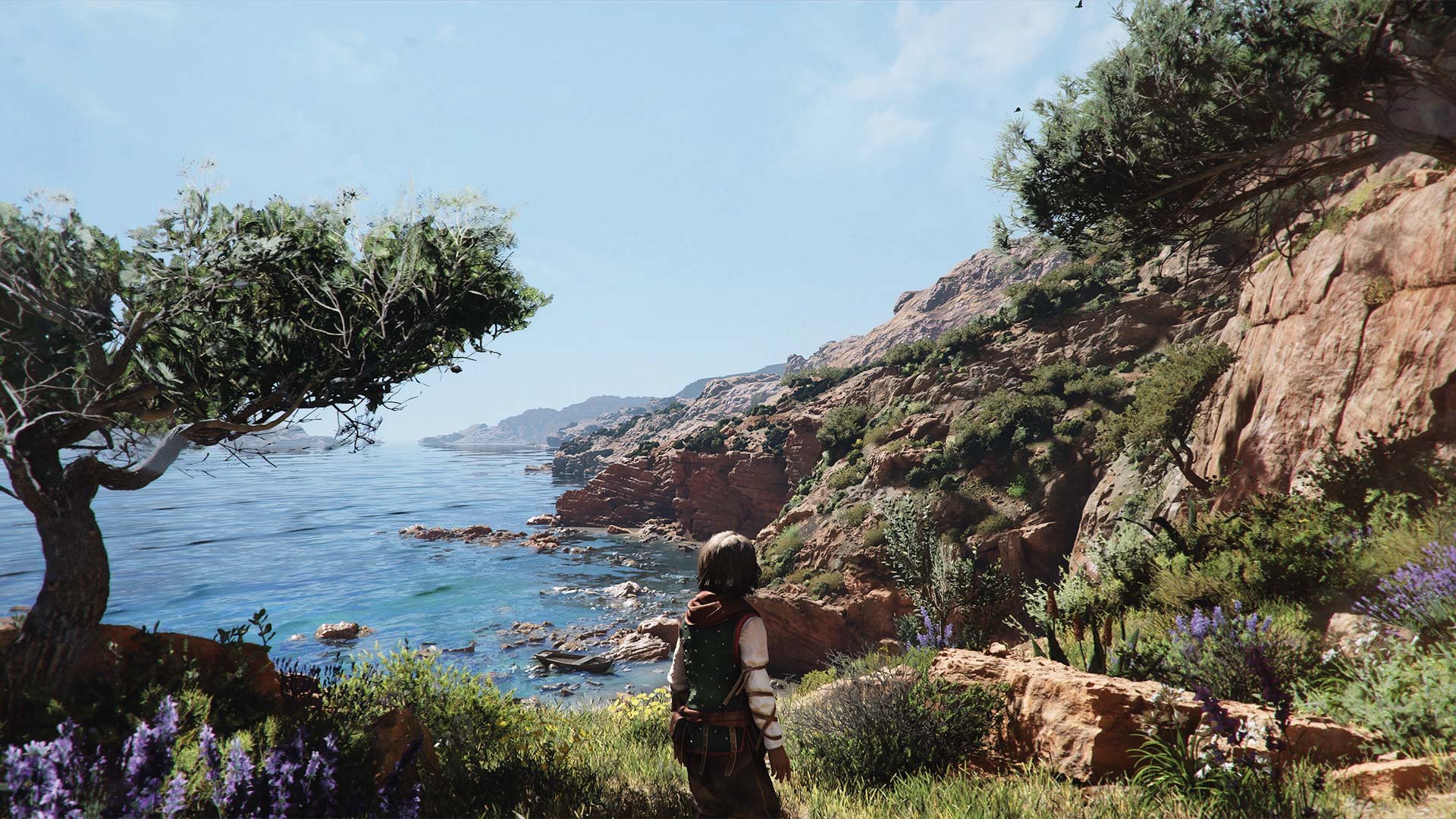

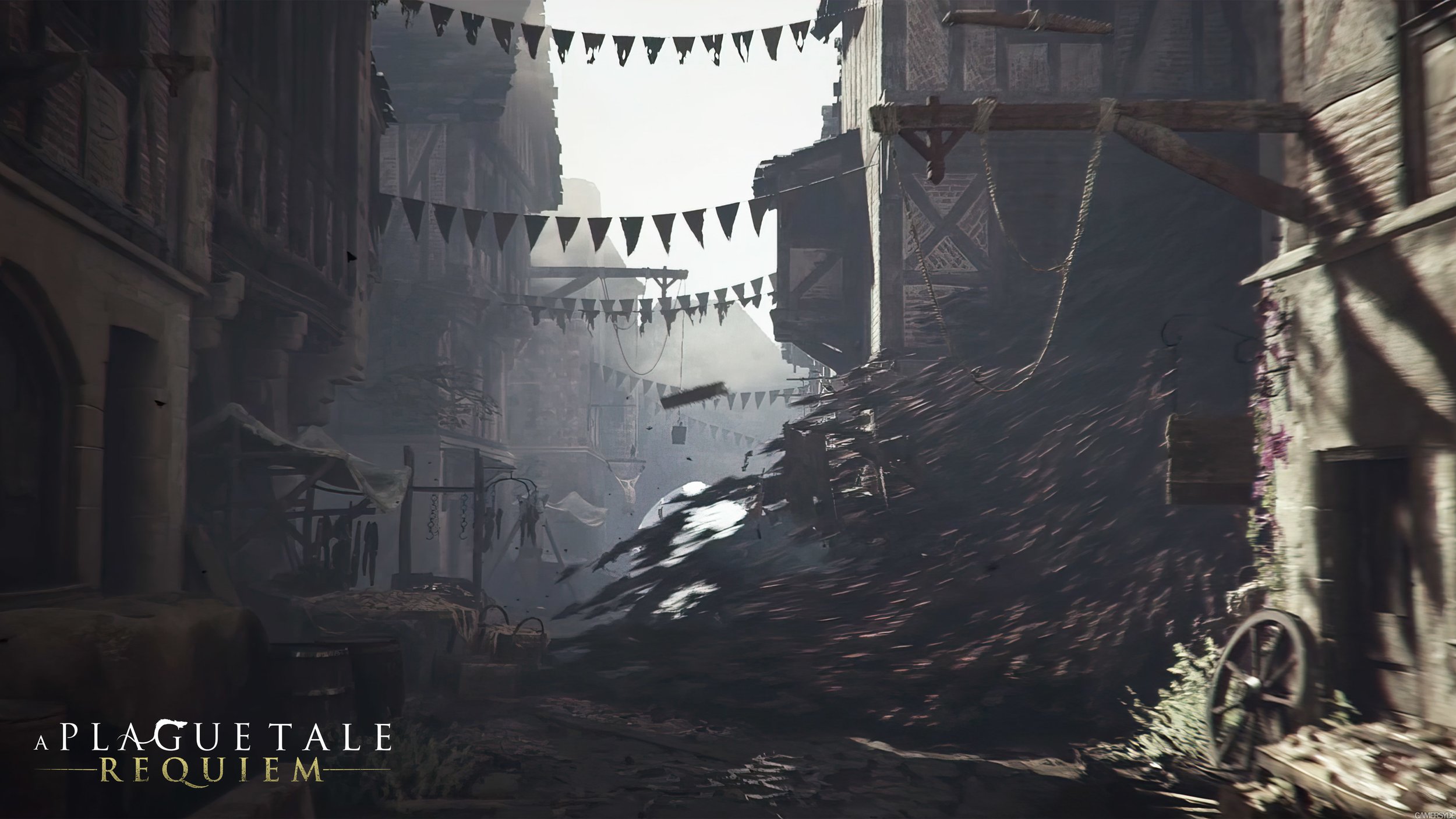
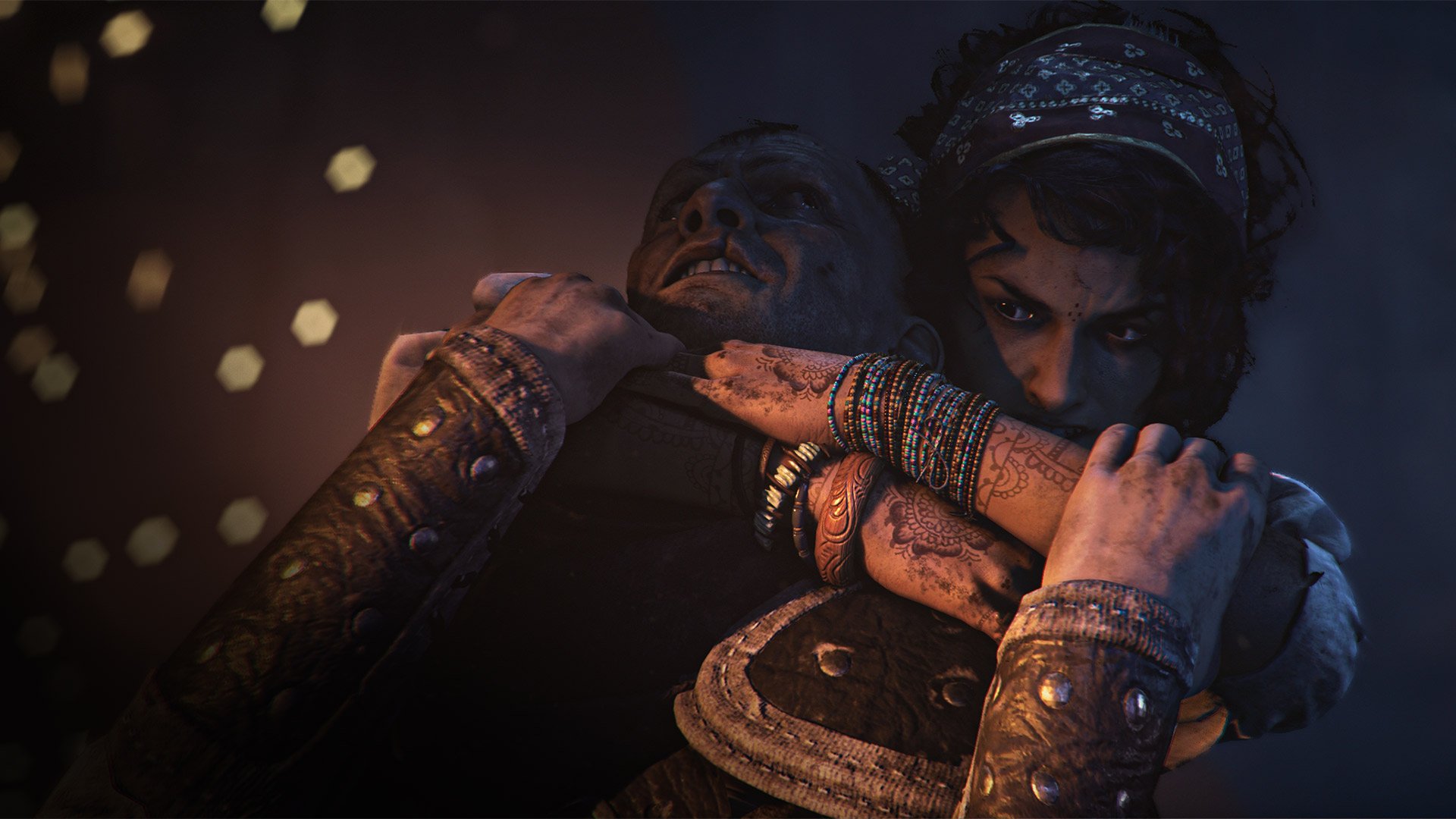
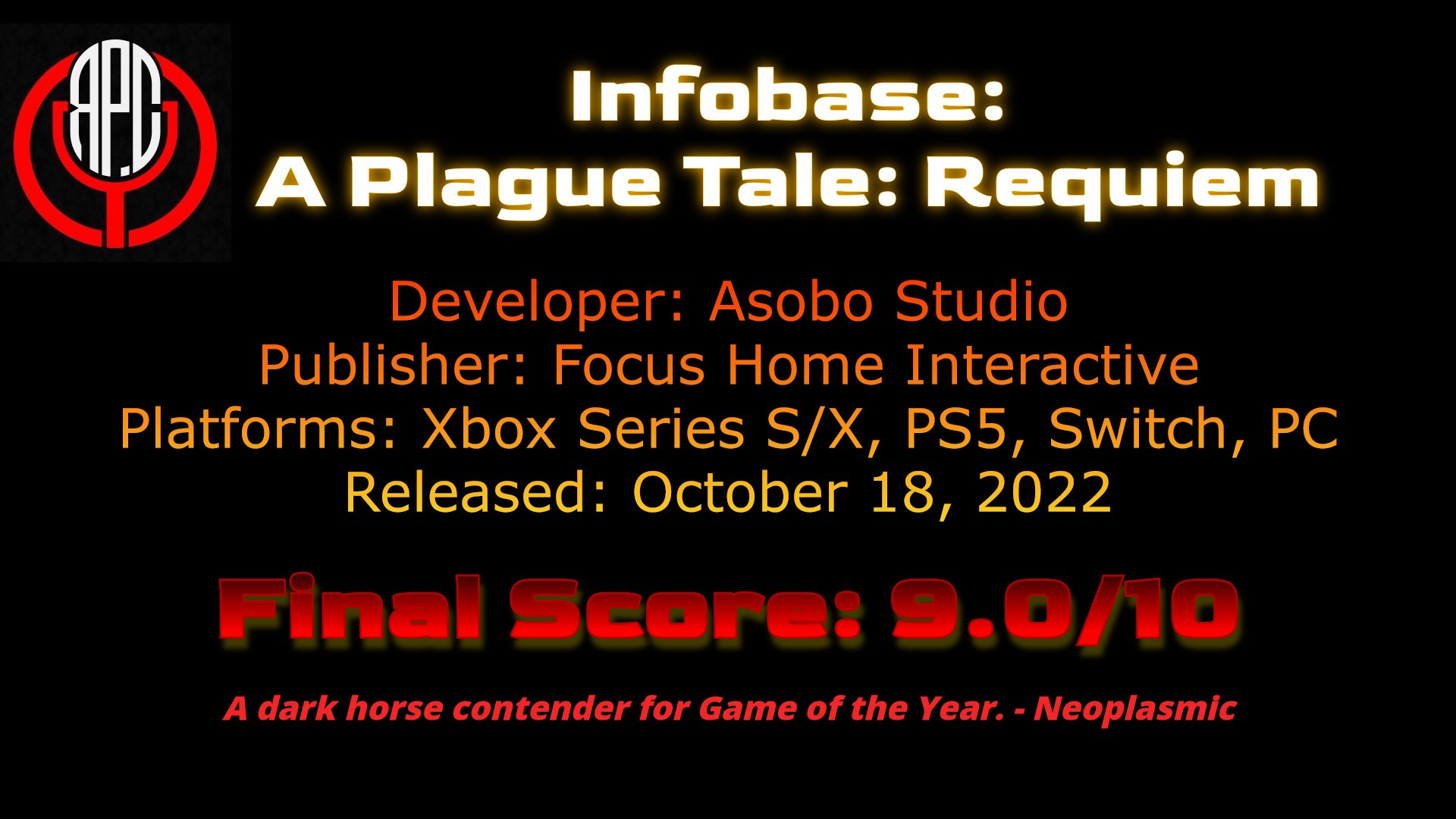
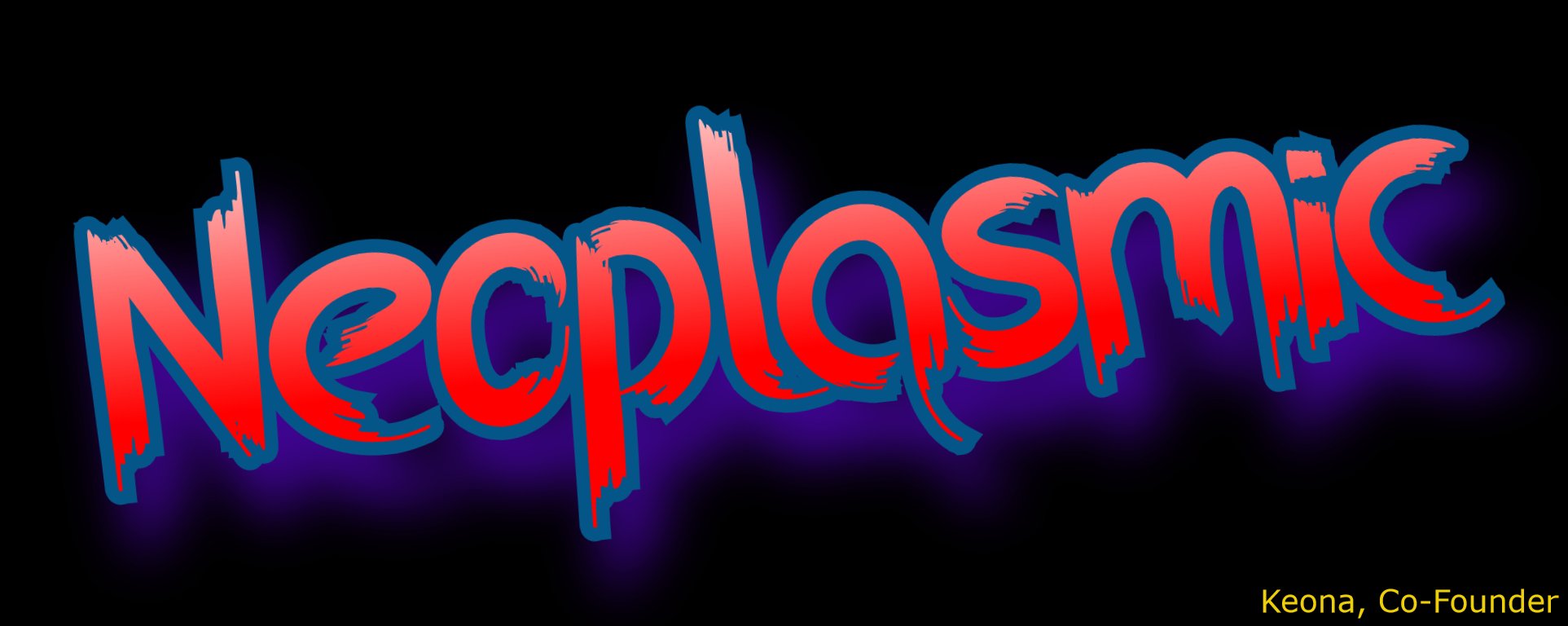
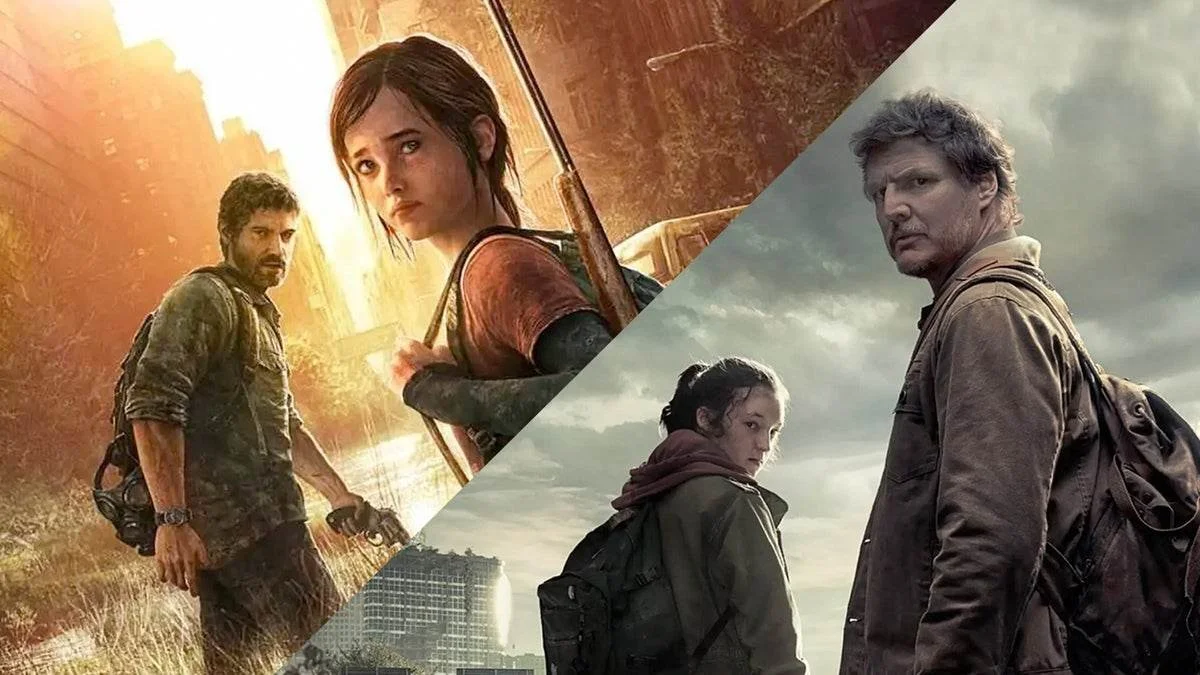


Welcome to our Summer Games Fest 2023 wrap up special! Neoplasmic and Organoid Zero (Keona and Brock, respectively) break down their favorite game announcements and reminisce about the incredible titles shown off at “Keigh-3,” both of the triple-A and indie varieties! Enjoy the show! (Note: This audio is taken from a Twitch stream, so you may hear us interact with people in text chat as well.)